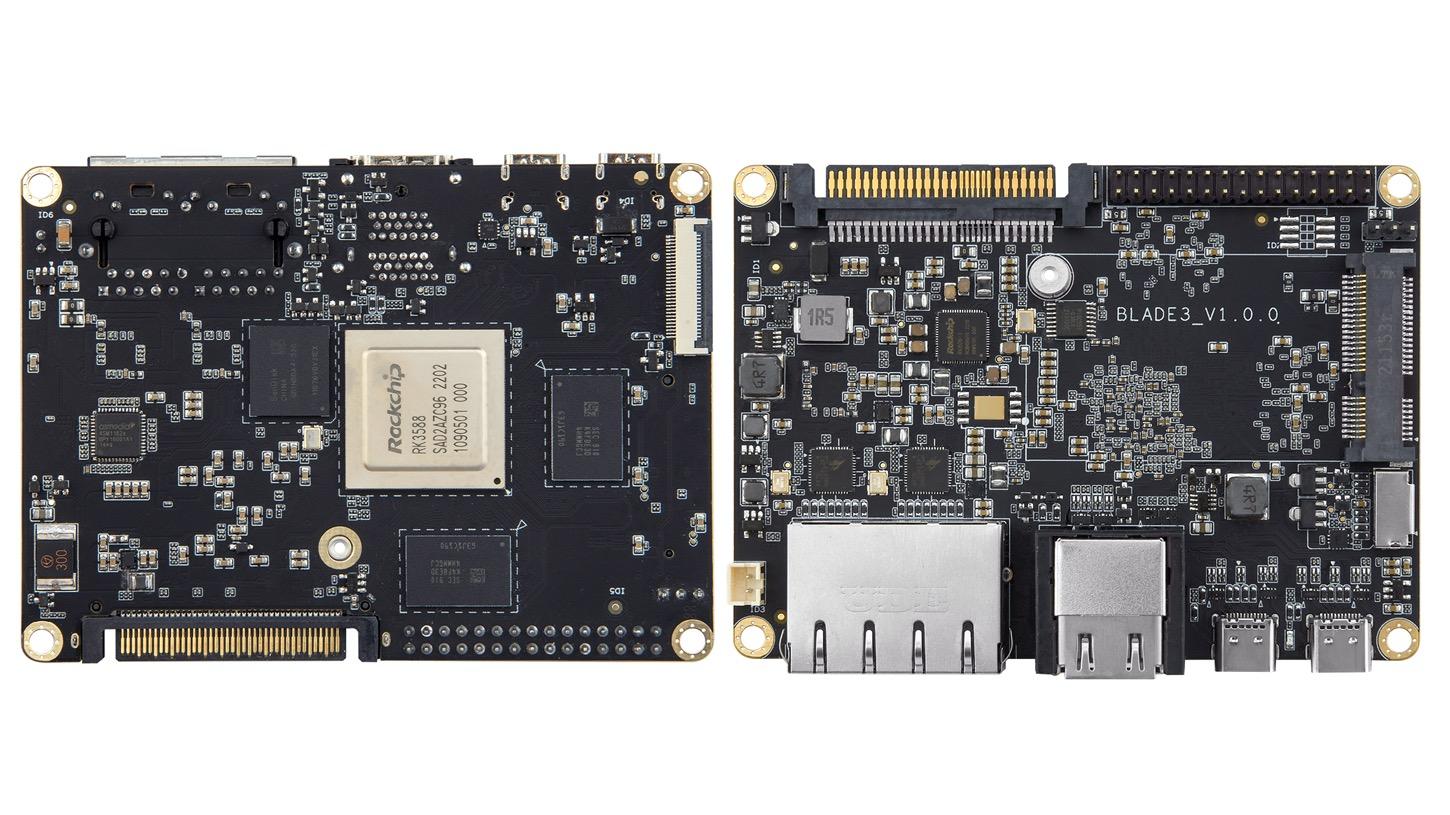Frick
Fishfaced Nincompoop
- Joined
- Feb 27, 2006
- Messages
- 20,196 (2.86/day)
- Location
- norr
| System Name | Black MC in Tokyo |
|---|---|
| Processor | Ryzen 5 7600 |
| Motherboard | MSI X670E Gaming Plus Wifi |
| Cooling | Be Quiet! Pure Rock 2 |
| Memory | 2 x 16GB Corsair Vengeance @ 6000Mhz |
| Video Card(s) | XFX 6950XT Speedster MERC 319 |
| Storage | Kingston KC3000 1TB | WD Black SN750 2TB |WD Blue 1TB x 2 | Toshiba P300 2TB | Seagate Expansion 8TB |
| Display(s) | Samsung U32J590U 4K + BenQ GL2450HT 1080p |
| Case | Fractal Design Define R4 |
| Audio Device(s) | AuraSound AS42 Soundbar | Plantronics 5220 | Sony WH-1000XM3 | Nektar SE61 | Behringer XR18 |
| Power Supply | Corsair RM850x v3 |
| Mouse | Logitech G602 |
| Keyboard | Dell SK3205 |
| Software | Windows 10 Pro |
| Benchmark Scores | Rimworld 4K ready! |
Tons. The main reason PC cases are metal is to contain the RF noise they emit to avoid it interfering with other devices. High frequency signaling through board traces or wiring gives off noise; coils and power conversion gives off noise, your CPU and GPU operating at several GHz will give off noise, etc.
I meant enough to interfere with that kind of signaling in a meaningful way.






